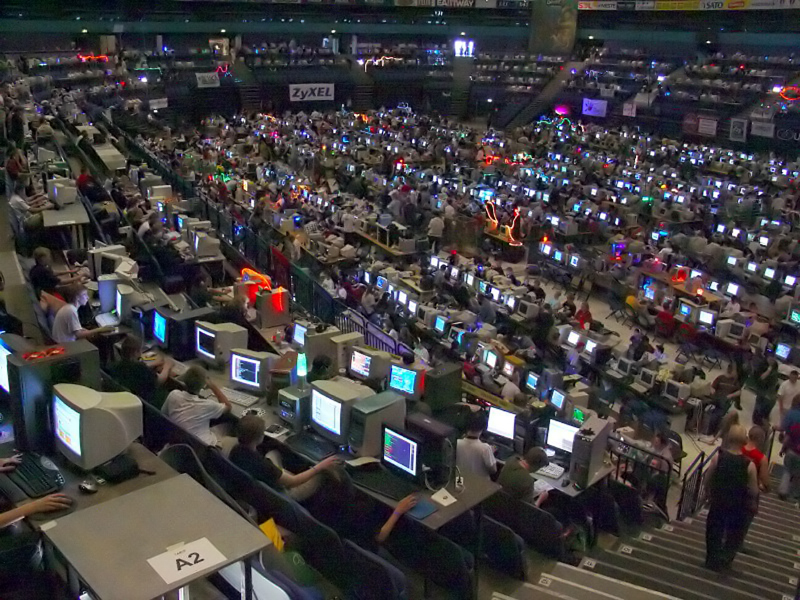
In the previous post I outlined what I mean when I say “hacking arts management,” and I will use this post to expand on the idea while also providing some details. I want to be clear that by “hacking” I do not imply that there is something ‘wrong’ with arts management education, nor that there is some ‘weakness’ I think we should exploit in the system (a common understanding of the general notion of hacking). Instead, I propose that we explore both the content and the means that we use in training future arts leaders at the graduate level in order to craft and deploy modifications (hacks) that push such education in responsive and exciting directions. These may not always be the “right” directions, but part of the ethos of hacking is learning by doing—and then revisiting or refining based on immediate feedback. I guess I’m entangled here with the idea of ‘rapid prototyping,’ at least to the extent that I envision hacking to entail the agile process of having an idea, putting it into ‘production,’ and then determining its fit with the broad system or structure of which it is part. In the case of arts management training/education, the idea or part I’d like to focus on at the moment is pedagogical design, or, the class.
My hire in 2009 at the University of Oregon aligned with the launch of a ‘media management’ area of concentration within the arts management graduate program (AAD). Building on a trajectory of technology-rich coursework within AAD that tracked through desktop publishing and into web-based communication and design since the early 1990s, the vision for the media management area of concentration encompassed preparing our students for challenges and opportunities afforded arts managers by the shifting mediascape of the 21st century. In support of this vision, I developed a seminar course called “Media Management Praxis” that was core to the AAD Master’s program (meaning it was required of all students). In many ways, the development and teaching of this course was my first effort to hack arts management. Through the course I sought to collaboratively explore with students both practical and theoretical issues surrounding the place of media in arts and culture sector work. My use of the word ‘media’ encompassed communications strategies, delivery technologies, creative tools, and archiving mechanisms—while also embracing “new” and legacy forms. Coupling applied and academic readings with in-class visits by arts leaders and professionals working in the Eugene area, the course offered students a space to critically engage with the ways that broad trends or issues involving media and technologies impact non-profit arts organizations and the professional practice of the executive directors, artistic directors, curators, board members, and staff providing audiences and communities with opportunities to engage a diversity of arts. I ran the class in this format for four years, establishing an environment within which students (and myself) could become conversant with the economic, political, social, and cultural contexts within which arts management and media technologies mingle. Some students hated the course, some loved it, but all participated over those four years by bringing a wealth of insight and a good number of rich examples and questions into the mix.
Within this initial, maybe even ‘clunky,’ hack that was the course I continuously worked to update and refine it based on student needs and trends in the field of arts management. I sought a different roster of guests every year so as to get a broad sweep of perspectives and practices in front of students, and tweaked the technologies I used in teaching in ways that introduced students to tools or platforms that they might find useful beyond the classroom. They often responded in turn, bringing interesting or idiosyncratic tools to my attention so that we could collectively try to understand what, if any, use these might have in the professional world. In some instances, students responded by ‘hacking’ the class a bit, demonstrating a bit of meta-play with digital participation. A weekly ‘lexicon’ excercise in which I asked them to post responses on the course site to a short list of terms (usually three) that we identified together based on readings, often resulted in me generating a word cloud (first using Wordle, then Tagxedo) to provide a visual representation. At one point in the second or third year of the course, students began “bombing” this assignment, but in a good way: furtively deciding across the group that a certain word other than one of the lexicon terms was “important,” a significant number of them would include the word in their responses. Improvisatory in nature, since the word would often be on that had appeared in an early response by one of the students, the snowballing use of that same word would up its frequency such that when I created the word cloud it would appear disproportionately large. Playful, and not disruptive, this momentary hack of the assignment (which began early in the term and appeared for several weeks) demonstrated, for me, the dynamic interplay between learning about something and learning through something—and confirmed the value of engaging students in the co-creation of knowledge (however silly, in this case) that a ‘hacking’ ethos enables.
The course no longer exists, at least in the format I described above, as a more recent curricular ‘hack’ that I was part of has pushed us in the program to reconsider the ways we want our students to learn with and about media and communications technologies. I’ll get to that story next…